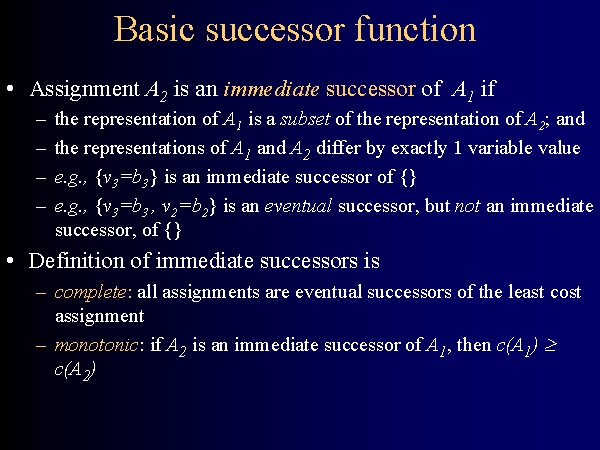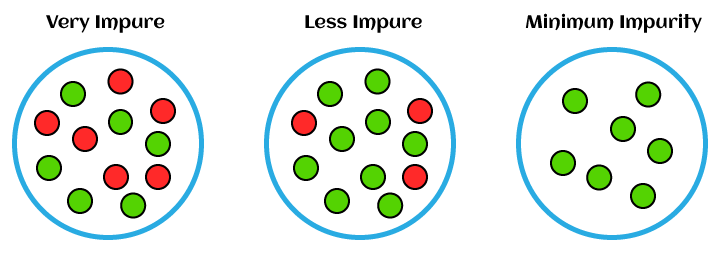Artificial Intelligence (AI) is a rapidly growing field that has taken over various industries, including healthcare, finance, and entertainment. Its ability to analyze complex data and make predictions is unmatched, making it a valuable tool for businesses and individuals alike. With the rise of smartphones and mobile applications, creating an AI-powered app has become a popular trend. But where do you start? How do you make an AI app that is not only functional but also engaging?
In this guide, we will explore the steps involved in creating an AI app. From conceptualizing the idea to designing the user interface, we will cover all the essential elements that go into making an effective AI application. Whether you are a developer, entrepreneur, or simply curious about the process, this guide will provide you with the knowledge and tools to create an AI app that stands out in a crowded market. So, let’s dive in and discover how to make an AI app that is both innovative and user-friendly.
Creating an Artificial Intelligence App:
- Choose the programming language and framework that best suits your needs.
- Research the basics of Artificial Intelligence and its related algorithms.
- Gather the necessary data and insights to create your AI project.
- Train the model with the gathered data.
- Test and debug the machine learning model.
- Integrate the AI model into your application.
- Deploy the application.
How to Make an Artificial Intelligence App
Are you interested in developing an artificial intelligence app? Artificial intelligence (AI) apps are becoming increasingly popular due to their ability to automate tasks, increase efficiency and accuracy, and provide users with more personalized experiences. In this article, we’ll walk you through the steps of creating an AI app, from developing an idea to launching the final product.
1. Develop Your AI App Idea
The first step in any app development process is to develop an idea. When it comes to AI apps, you need to think about the problem that you’re trying to solve, and how AI can provide a solution. Think about what data you’ll need to collect, and how you’ll use it to build your AI app. Once you have a clear idea of what you want to create, you can start sketching out the features and functionality of your AI app.
The next step is to research the market and determine if there is a need for your AI app. Look for similar apps and check out the reviews to get an idea of what users are looking for. This will help you identify any potential gaps in the market and make sure that you’re creating something unique.
2. Design Your AI App
Once you have a clear idea of what you want to create, it’s time to start designing the app. This is a crucial step in the process, as it will determine the success of your AI app. Start by creating a wireframe of the app. This is a basic outline of the user interface and how the different elements will fit together.
You should also create a user flow diagram to map out the user experience. This will help you visualize how users will interact with the app and identify any potential issues. Make sure to include features that will make the user experience intuitive and easy to use.
3. Choose a Programming Language
The next step is to choose a programming language for your AI app. There are a variety of languages to choose from, and each has its own advantages and disadvantages. Common choices include Python, Java, C++, and R.
Do some research on the different programming languages to determine which one is best suited for your AI app. You should also consider the complexity of the language and the resources available to help you learn it.
4. Gather Data
Data is the lifeblood of any AI app. Without data, your AI app won’t be able to learn or improve. You can gather data from a variety of sources, including public databases, social media, web scraping, and other sources.
Once you have gathered the data, it’s important to clean it and prepare it for analysis. This involves removing any unnecessary or irrelevant data, standardizing the data format, and converting it to a format that can be used by your AI app.
5. Train Your AI Model
Once you have collected and prepared the data, it’s time to train your AI model. This involves feeding the data into an AI algorithm and teaching the algorithm to identify patterns and make predictions.
There are a variety of algorithms that can be used, and each has its own advantages and disadvantages. It’s important to choose the right algorithm for your AI app and to test it thoroughly to ensure that it performs as expected.
6. Test and Debug Your AI App
Once you have trained your AI model, it’s time to test and debug your AI app. This involves running the app and testing it to ensure that it works as expected. You should also test the accuracy of the AI model and look for any potential errors.
If you find any errors, you should debug them and make sure that they are fixed before launching the app. This will ensure that the app performs as expected and provides a positive user experience.
7. Launch Your AI App
Once you have tested and debugged your AI app, it’s time to launch it. This involves submitting the app to the relevant app stores, setting up a marketing plan, and promoting the app to potential users.
It’s important to make sure that your app meets the guidelines of the app store, as any violations can result in the app being removed. You should also monitor the app and respond to any feedback or reviews to ensure that the app is performing as expected.
Frequently Asked Questions
Creating an artificial intelligence app can be an exciting and rewarding experience. Below are some of the most commonly asked questions that can help get you started.
What is Artificial Intelligence (AI)?
Artificial Intelligence, or AI, is an area of computer science that enables machines to learn and act like humans. AI can be used to create applications that can perform tasks such as facial recognition, voice recognition, natural language processing, and more. AI technology can be used to automate processes and provide solutions to complex problems.
What are the benefits of developing an AI app?
Developing an AI app can open up a range of opportunities for businesses and individuals. AI apps can make complex processes easier to manage and automate, allowing for more efficient operation and cost savings. Additionally, AI apps can provide valuable insights into customer behaviors and trends, helping to inform business decisions.
What is the process for creating an AI app?
The process for creating an AI app typically involves gathering data, training the AI model, validating the model’s accuracy, and deploying the model. Gathering data involves obtaining a dataset that contains relevant information and can be used to train the AI model. Training the AI model involves using the data to create a model that is capable of performing the desired task. Validating the model’s accuracy involves testing the model to ensure that it is achieving the desired results. Finally, deploying the model involves making the model available to end users.
What technologies are required to develop an AI app?
To develop an AI app, developers need to be familiar with a variety of technologies, including programming languages such as Python, machine learning frameworks such as TensorFlow, and cloud platforms such as Amazon Web Services. Familiarity with natural language processing, computer vision, and other AI-related technologies is also helpful.
What challenges might be encountered when creating an AI app?
Creating an AI app can be a complex process that involves numerous challenges. These challenges include obtaining and cleaning data, creating and training the AI model, and deploying the model. Additionally, creating an AI app often requires developers to have knowledge of multiple technologies and understand how they work together. Furthermore, AI models can be difficult to debug and may require considerable effort to achieve the desired results.
In conclusion, the development of an artificial intelligence app requires a significant amount of effort, time, and resources. However, it is a rewarding experience that offers numerous benefits to users and businesses alike. By following the essential steps outlined in this guide, one can create an AI app that is accurate, efficient, and user-friendly. The key is to identify the problem that the app will solve, determine the appropriate AI technology to apply, collect and preprocess data, create and train the model, integrate it into the app, and test and refine the performance continuously.
As the demand for AI-powered solutions continues to grow, the development of AI apps presents a vast opportunity for innovation and entrepreneurship. With the right skills, knowledge, and tools, anyone can create an AI app that can make a difference in people’s lives and transform industries. Therefore, if you are passionate about AI and have a vision to create an app that can solve a real-world problem, do not hesitate to pursue it. Remember, the possibilities of AI are endless, and you can be the one to unlock its full potential.




